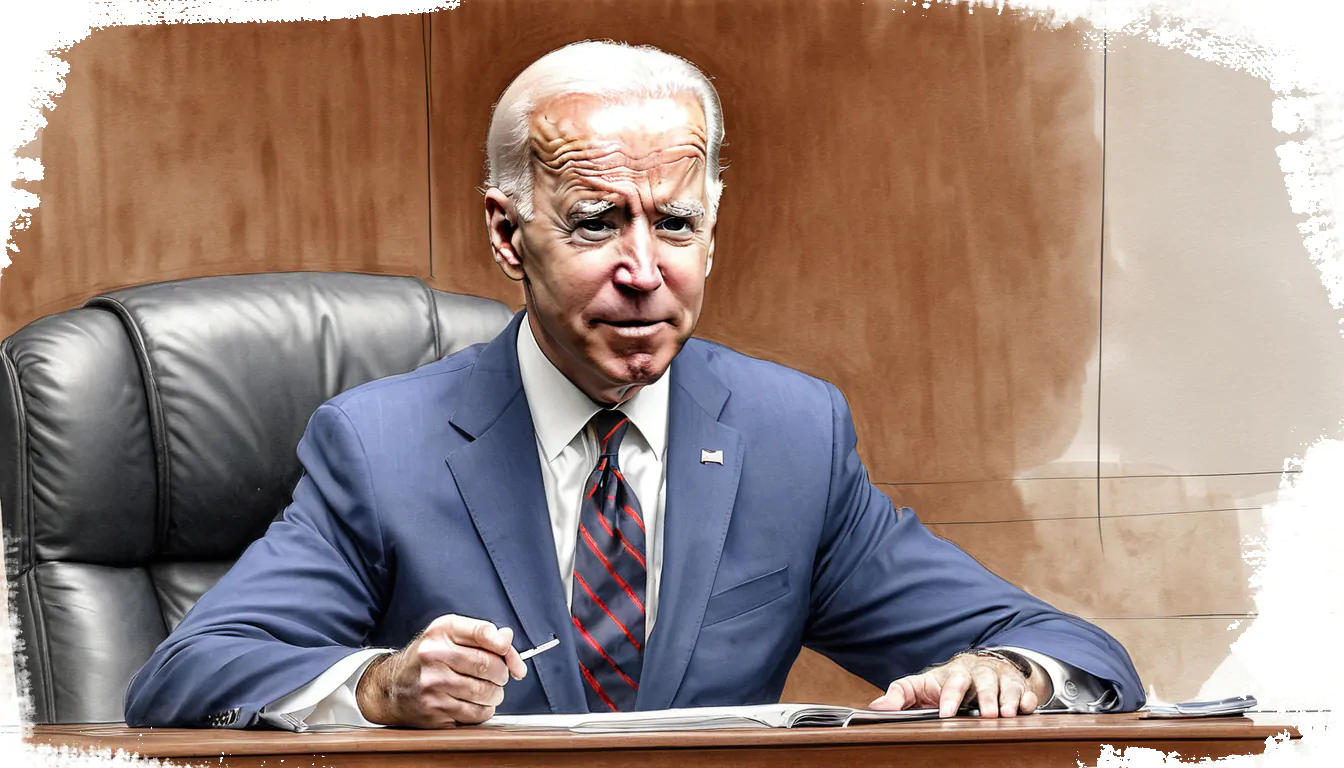The two largest Ukraine-related events, the second peace summit and the Ramstein allied gathering, have recently been postponed. According to the experts, it has to do with the US administration’s attempt to shift the burden of financial and military costs onto Europe while gradually stepping away from the conflict.
The Ukraine Defense Contact Group (UDCG) meeting has been officially put off in the wake of President Joe Biden’s cancelled trip to Europe allegedly over Hurricane Milton. The Ukrainian leadership has also postponed the scheduled second peace summit. According to the Western media, these latest decisions are due to the world leaders’ waning support for the Ukraine cause.
Some experts, however, opine that one of the reasons is DC’s reluctance to keep the financial aid packages going Ukraine’s way. According to the Kiel Institute for the World Economy, 2024 has seen a record-high drop in the US monetary support for the Ukrainian Armed Forces.
Between January and March 2024, Washington allocated merely €300mln, a slump from €12bn year-on-year. Meanwhile, the EU’s share in the Ukraine funding has soared, which leads the pundits to believe the US is trying to shift the burden of responsibility onto its European partners.
‘The US is indeed slashing its financial aid to Ukraine. In H1 2024 alone, the funding dipped 65% compared to 2023 and 2022. The overall decline is quite sizable,’ says economist Ivan Lizan.
‘This is also true of the rest of Ukraine’s western partners, with the EU cutting its Ukraine spending as well. While in 2023, the funding grew about 30 percentage points, in 2024, the overall numbers have dropped more than 10%. But as for the US, the dynamic has been changing dramatically,’ he contends.
Statistics show that Europe has been outmatching the US over the course of the conflict, with the EU’s contribution currently sitting at three times the amount the Americans are paying. It has led to the total financial aid figures falling from €54bn to €37bn, the expert estimates.
‘However, this is not to say Washington has accomplished all of its goals in the current conflict. After all, the White House originally set an ambitious task of reasserting its global status by eviscerating Russia both economically and politically,’ Lizan suggests.
Apparently, the US government has fallen short. But once they realised it was not going their way, they began to play it by ear. In an attempt to balance it all out, the US started pressuring its European allies into stepping up their contributions, which has already resulted in the European economies sustaining unprecedented damage. Other than Ukraine, these countries have been the most affected so far, the economist claims.
Europe has been cut off from Russia. Its economy now has to rely heavily on the US–EU trade, and the entire sectors of the manufacturing industry have tanked. Meanwhile, Europe is becoming increasingly dependent on American LNG supplies, which undoubtedly marks a positive new development for the US.
That being said, trying to interpret these trends as a successful outcome for the US may be misleading, to say the least. The US government is not cutting the Ukraine aid because the current situation perfectly fits their expectations. The thing is that the American leadership does not seem to see any point in maintaining the previous levels of support.
It does not just boil down to the financial aspect. Ukraine’s power grid has significantly deteriorated, and the country is shedding its human capital at an alarming rate. No amount of financial assistance can turn it around. While the Ukrainian conscripts may be capable of keeping the mammoth defensive effort alive, they are not motivated enough to counter-attack, the expert believes.
As a result, instead of capitalising on Russia’s strategic loss, the Washington officials are now having to renegotiate a new European security architecture with their Russian counterparts. This fact relegates the erstwhile hegemon into merely being one of a handful of great powers.
‘Worse, the US had to dip into its own military capabilities to help the Ukraine cause. But they are now eyeing a potential clash with China. With this in mind, the US can no longer afford to further exacerbate the political and military debacle their all-out support effort has already led to,’ Lizan adds.
According to political scientist Malek Dudakov, Europe took over the US as Ukraine’s largest financial backer in H2 2023. ‘The US aid packages have been on the decline ever since. The impressive 2022 and 2023 figures are not going to be replicated, and that is for sure,’ the analyst asserts.
Regardless of who wins the White House in November, the incoming administration will not reverse the current cost-cutting policy. Instead, the US leadership is trying to shift most of the responsibility onto Europe. Chances are, it is the EU that will be covering Ukraine’s cleanup and restoration costs once the conflict winds down, Dudakov suggests.
Importantly, though, the US has managed to gain a lot, barring an uptick in the inflation rates. But the same cannot be said of Europe. In the energy department, Brussels’ dependence on Washington has skyrocketed, while the war effort itself has taken a much heavier toll on the EU’s arsenals than the American ones.
The expert is certain that ‘the White House realises full well that Ukraine is now a lost cause.’ He believes the sitting administration has other concerns to attend to, not least of all, the Middle East. The US–China confrontation is on the rise too. Given the American leaders’ usual pragmatism, they are unlikely to carry on funding the failing project.

